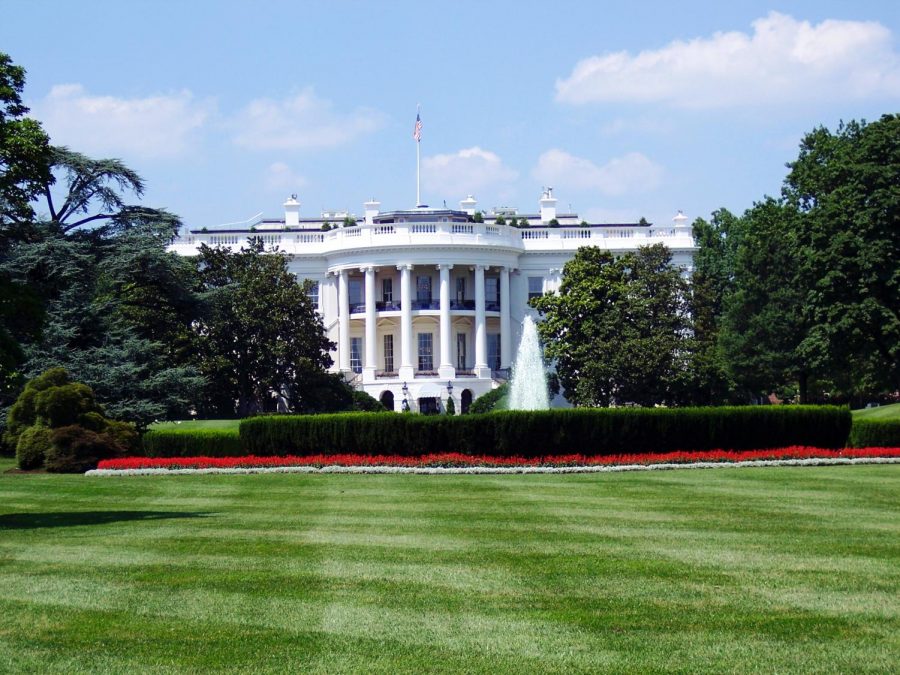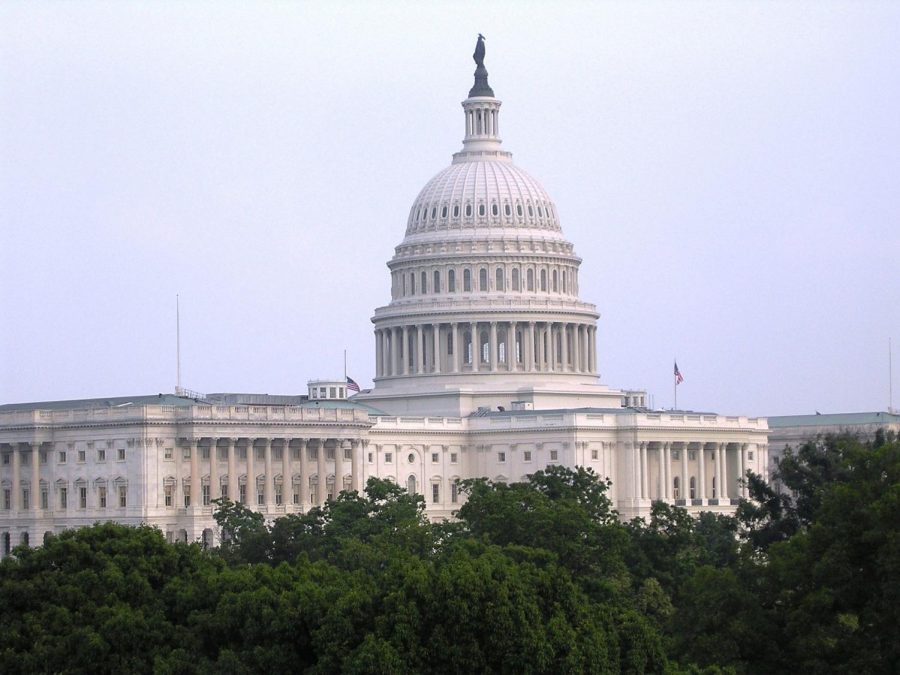Doesn’t it seem like there’s always holiday decorations being sold in Walmart– always something creeping around the corner just waiting for an unsuspecting consumer to buy it? As the school supplies are being put away in the stores, fake cobwebs, Frankenstein masks, and Jack ‘O Lanterns are just being put on display, much to the dismay of holiday scrooges. What is the cause of Valentine’s Day candy being sold right as American wallets are recovering from the recent Christmas spending spree? Where has the integrity of these celebrations gone?
Many holidays started out simple and maintained special meanings to the people celebrating them. However, with the rise of consumerism and the demand of the dollar, these traditions have turned into a consumer frenzy by large companies such as Walmart and Target.
Nowadays, when Easter is mentioned, bunnies, candy eggs, and that oddly colored plastic grass that gets everywhere comes to mind, with a tinge of Jesus Christ among all those pastels. This is a very generalized overstatement, of course, yet the underlying fact that candy and furry animals have become a major part of this holiday is true. Easter for Christians is the resurrection of Jesus, and this celebration is at the core of the faith. Along the ages, this celebration soon started to take on pagan aspects, such as incorporating the fertility celebration of the goddess Estre, which is how the rabbits and eggs (representations of birth) came to a part of Easter. This has worked to the advantage for companies today, who use these fertility symbols as cute marketing schemes to persuade people to buy more chocolate eggs and stuffed furry creatures. According to the Daily Infographic, in 2011 Americans spent nearly $14.7 million on Easter candy alone. Now, what was once just the resurrection of Jesus and the celebration of fertility has turned into, “What is cuter to buy: a plush bunny or this easter basket full of candy?”
Back in the day, before the “Kiss Me I’m Irish” buttons and green beer were created, St. Patrick’s Day was this saint’s feast day and the anniversary of his death to the Irish. Saint Patrick is the patron saint of Ireland and is credited with bringing Christianity to the land. This day was only a minor religious holiday in Ireland until the 1970’s, when natives and non-Irish alike have started participating in this celebration every year, according to National Geographic. As of last year, Americans spent $4.5 million on this day, and though it isn’t the big “money holiday” like Valentine’s Day or Halloween, this is still quite a bit, especially when much is going towards the thirteen million pints of alcohol that are sold this day. So from shamrocks to leprechaun’s, St. Patrick’s Day has turned from a day where people relax and feast in Saint Patrick’s name, to one where people just wear green so they don’t get pinched at school.
Valentines Day was started in the middle ages by the Catholic church as a day to cover up another Pagan fertility holiday and honor Saint Valentine. The holiday slowly evolved into a celebration revolving around love because it falls at the beginning of bird’s mating season. People young and old exchange cards and candy demonstrating love and friendship. This starts as early as grade school during Valentine’s Day parties where boys are forced to overcome their fear of cooties and give a girl a lollipop with a cheesy expression written on the back. Expensive gifts between couples are exchanged in order to prove each others’ love for one another. A simple card and chocolates does not suffice. Americans spent 9.7 billion dollars on dinners, jewelry, cards, and flowers in 2011 according to BiGresearch.
Christmas is associated with Santa Claus, repetitive music, presents and a nice two week break. The traditional Christian holiday celebrating the birth of Jesus Christ is smothered by grandma’s fruit cakes and three page long christmas lists. Stores explode with tempting holiday treats and toys. The second after Halloween is over, stores such as Walmart rush to occupy their aisles with terrible Christmas turtlenecks and flashy lights. According to Business Insider, each American shopper spends an average of just over $700 a year on Christmas. Some stores such as Nordstrom, however, have made a stand about attacking consumers with early Christmas apparel. Nordstrom promises their customers that they will not bombard them with Christmas until the day after Thanksgiving.
Aside from the traditional holidays, some days were actually invented by companies in order to increase profits. Mother’s Day was created by Hallmark in order to boost card sales. Disguised as a way to honor mothers, consumers spent $671 million on cards alone, according to statisticbrain.com. Companies are careful not to leave fathers in the dust, thus Father’s Day was born.
Americans have allowed traditional holidays to be transformed into consumer migraines. Today, it has become the social norm to break out our wallets at almost any holiday. Around town, the favorite houses are those that decorate for these celebrations, though that may entail spending more money than we should. And due to this change from quiet family gatherings and meals to outlandish amounts of plastic hearts and inflatable Santa figures, companies are taking advantage by making more and selling sooner to maximize profits. This may be good and profitable for companies, yet what does this ultimately do to our traditions?









